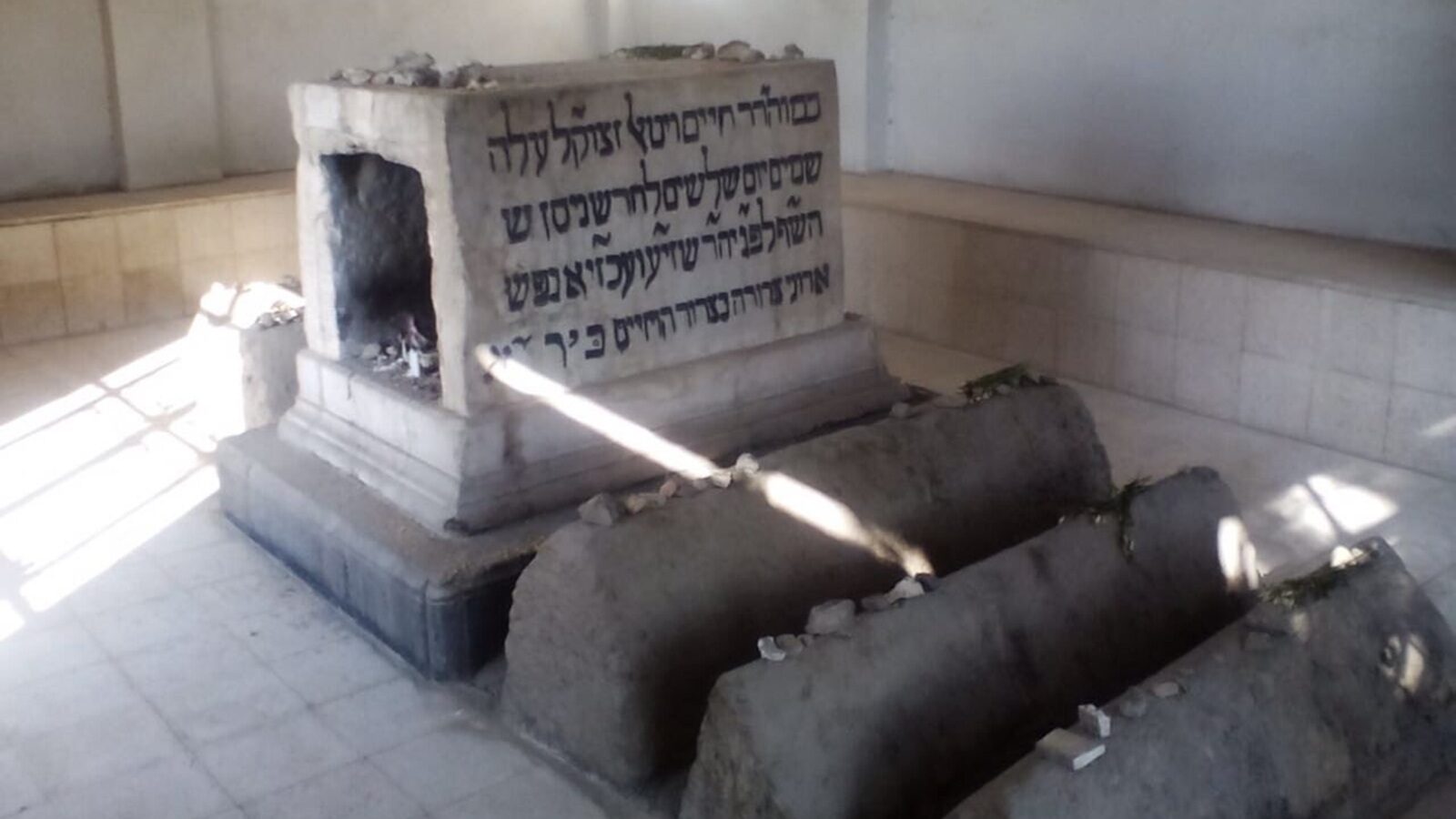Syrian Authorities Launch Investigation After Vandalism of Rabbi Chaim Vital’s Tomb
The desecration has triggered outrage and renewed calls to safeguard Syria’s religious and cultural sites
Unknown assailants vandalized the tomb of Rabbi Chaim Vital, a prominent Jewish scholar, in Damascus earlier this week. The attack has reignited concerns over the protection of Syria’s religious and cultural heritage and sparked outrage both within Syria and across the global Jewish community.
Rabbi Chaim Vital, born in 1542 in Safed—now part of northern Israel—is revered as a major figure in Jewish mysticism (kabbalah) and was one of the foremost disciples of Rabbi Isaac Luria, the founder of modern Kabbalistic thought. In his later years, Vital settled in Damascus, where he led an active religious life until his death in 1620. His tomb, located in the city’s historic Jewish cemetery, has long been a site of reverence.
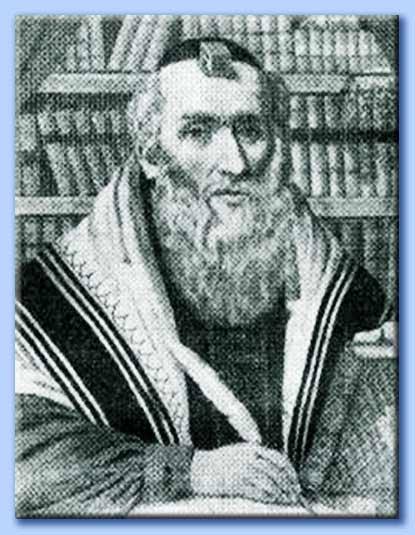
Rabbi Chaim Vital. (Screenshot: Facebook)
The Alliance of Rabbis in Islamic States, an umbrella group representing Jewish religious leaders across Muslim-majority countries, issued a strong condemnation of what they called an “attack on shared human heritage.”
In a statement, the alliance expressed “deep shock and sadness” over the desecration, urging the Syrian government to “immediately secure Jewish religious sites, cemeteries, and synagogues, and ensure their protection.”
The desecration of Rabbi Chaim Vital’s tomb is not merely an attack on a Jewish religious site; it is an affront to the broader principles of religious and cultural diversity in the Middle East
“Jews have lived in Syria for thousands of years and have been an integral part of its social and historical fabric,” the statement read. “The desecration of Rabbi Chaim Vital’s tomb is not merely an attack on a Jewish religious site; it is an affront to the broader principles of religious and cultural diversity in the Middle East.”
Despite growing calls for action, the Syrian government had not issued an official statement at the time of this report.
Observers view the desecration not as an isolated incident but as part of a broader pattern of neglect—and in some cases, deliberate destruction—of Jewish religious sites in Syria. Once home to a thriving Jewish community, Syria’s Jewish population has dwindled to near extinction due to decades of persecution, conflict, and emigration.
The Alliance warned that if protective measures are not implemented, more Jewish heritage sites could face similar threats.
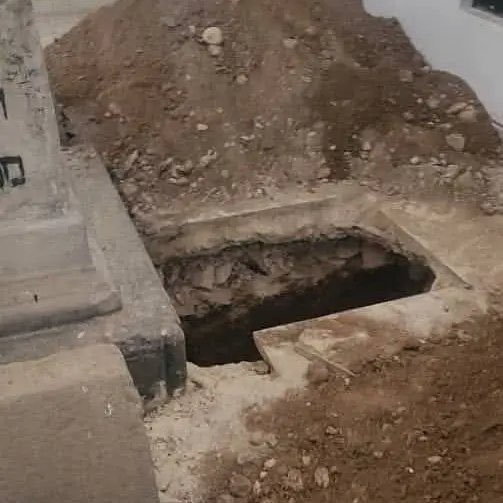
The desecrated, open grave of Rabbi Chaim Vital, in Damascus, Syria. (Screenshot: X)
In an interview with The Media Line, Bkhour Shamantoub, a representative of the few remaining Jews in Damascus, voiced his “deep distress” over the vandalism and called for “swift and decisive” government action to protect sacred sites.
This holiday season, give to:
Truth and understanding
The Media Line's intrepid correspondents are in Israel, Gaza, Lebanon, Syria and Pakistan providing first-person reporting.
They all said they cover it.
We see it.
We report with just one agenda: the truth.
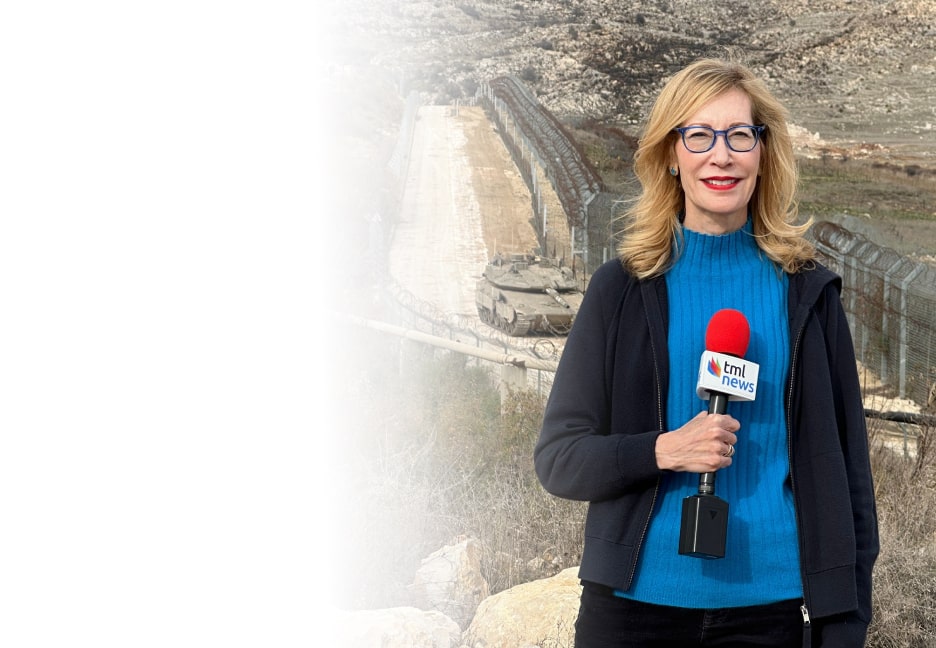
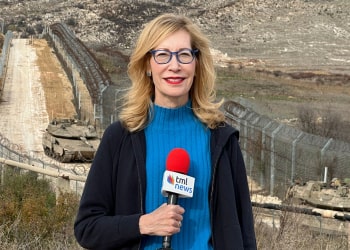
These places are part of Syria’s heritage, not just the Jewish community’s. An attack on them is an attack on all of our shared history.
“These places are part of Syria’s heritage, not just the Jewish community’s,” Shamantoub said. “An attack on them is an attack on all of our shared history.”
A Syrian General Security official, Mohammad Ahmad, told The Media Line that authorities had inspected the damaged site and launched an investigation.
“It appears that the act was motivated by theft,” Ahmad said. “We are pursuing those responsible, who will be brought to justice. Such actions are categorically unacceptable and harm the social fabric of Syria.”
Ahmad emphasized that the Syrian government is committed to protecting all religious and cultural sites, reflecting Syria’s diverse historical identity.
The tomb of Rabbi Chaim Vital holds immense religious and cultural significance—not only for Jews but for all who value the religious history of the Middle East.
Vital’s writings, including the seminal Etz Chaim (Tree of Life) and Sha’ar HaGilgulim (Gate of Reincarnations), remain foundational texts in the study of kabbalah. His legacy continues to influence generations of Jewish scholars and mystics.
The cemetery housing his tomb is located in one of Damascus’s oldest districts, alongside burial grounds of significant figures from multiple faiths, making the site a vital piece of shared cultural memory.
Ghina Jalinbo, a religious freedom advocate, told The Media Line that protecting such sites should be seen not merely as a religious obligation but as a universal cultural responsibility.
We need greater cooperation with international heritage organizations to restore and maintain these sites, and we must launch local awareness campaigns to promote a culture of respect for religious diversity
“There should be independent oversight committees dedicated to safeguarding religious heritage sites,” Jalinbo said. “We need greater cooperation with international heritage organizations to restore and maintain these sites, and we must launch local awareness campaigns to promote a culture of respect for religious diversity.”
She emphasized the importance of proactive measures by the Syrian authorities, warning that failure to act risks further erosion of Syria’s rich, multi-religious history.
In a country still reeling from years of conflict, the need to protect what remains of its religious and cultural treasures has never been more urgent. This includes safeguarding the legacy of minority communities that have historically been an essential part of Syria’s mosaic society.
Activists and international organizations hope that the desecration of Rabbi Chaim Vital’s tomb will serve as a wake-up call—prompting serious and immediate efforts not only to repair the physical damage but also to foster a broader ethos of inclusivity and respect.
As calls for action grow louder, all eyes are on Damascus: Will the Syrian authorities act decisively to preserve their multifaith heritage before it is irretrievably lost?
